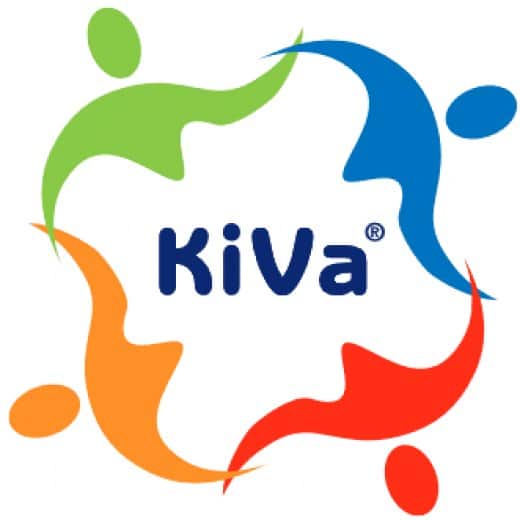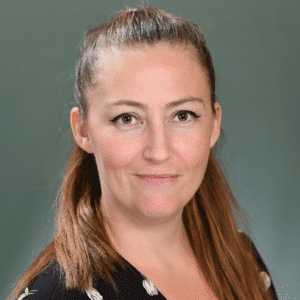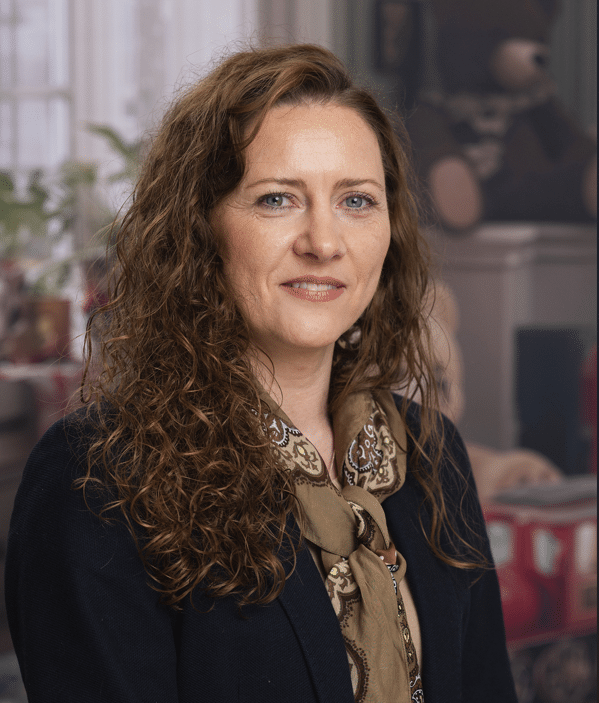At the International School of Riga, STE(A)M Week is more than just a highlight of the academic year — it’s a living example of how we bring the International Baccalaureate (IB) philosophy into action.
Through science, technology, engineering, arts, and mathematics, our students explore real-world concepts through hands-on learning. This year’s STE(A)M Week focused on two key themes: the scientific method and sustainability through material choices. Together, they helped guide students through meaningful inquiry while encouraging thoughtful engagement with the world around them.
Why the Scientific Method?
As an IB World School, ISR is committed to inquiry-based learning — a core element of all IB programmes. This year, we gave students across all grade levels the opportunity to explore the scientific method in ways that were age-appropriate and engaging.
Students practiced how to:
Ask meaningful questions
Write and test hypotheses
Observe and collect data
Reflect on and revise their conclusions
For many, this was their first time learning how to write a formal hypothesis — a foundational skill that promotes deeper thinking and structured curiosity. Whether in Early Years or Secondary, students experienced how the scientific method can help them understand the world in a logical, step-by-step way.
The Whole-School STE(A)M Challenge
To bring this learning to life, we launched a whole-school STE(A)M Challenge that encouraged all students to apply the scientific method to real problems. Each class designed their own investigations, tested ideas, and shared what they discovered.
One of the most engaging tasks was the Cup Challenge, where students investigated how many plastic cups are needed to support the weight of an adult. It sparked critical thinking, collaboration, and a lot of excitement. Students had to consider structure, weight distribution, and design — all while applying the core steps of the scientific method.
Peer Teaching: Learning From One Another
As part of our interdisciplinary approach, Grade 9 students presented their science and design projects to younger students. These moments of peer teaching allowed older students to share their learning in accessible ways, while giving primary students a glimpse into future learning.
Peer teaching builds confidence, strengthens understanding, and supports community — all of which reflect IB values of collaboration, communication, and respect.
Sustainability in Focus
Another essential component of this year’s STE(A)M Week was our focus on sustainability. Students and teachers were asked to consider the materials used for each activity — prioritizing items that could be reused, recycled, or upcycled. This encouraged discussions around responsible consumption, creativity, and environmental awareness.
Sustainability is not a theme we reserve for science class — it’s a way of thinking we aim to embed in everything we do, as part of developing caring, globally aware learners, in line with the IB Learner Profile.
IB in Action
STE(A)M Week is one of the many ways ISR brings the IB philosophy into practice. It’s not an isolated event, but part of a larger commitment to:
Inquiry-based learning
Transdisciplinary thinking
Real-world application
Global responsibility
Whether writing their first hypothesis, testing a creative idea, or discussing how to reduce waste, our students were engaged in the kind of education that prepares them not just for school, but for life.
📚 Want to Learn More?
If you’re interested in how STE(A)M learning connects with the IB philosophy, here are some useful resources:









